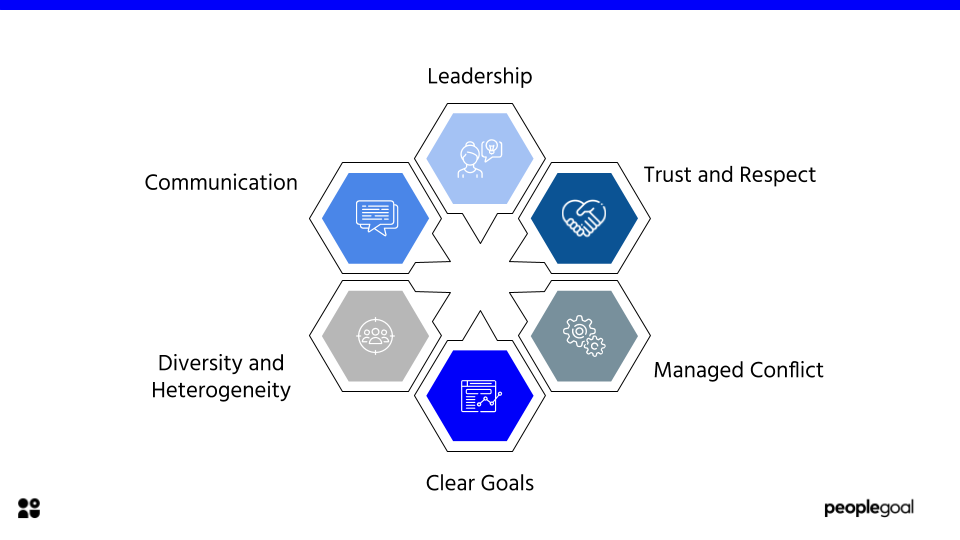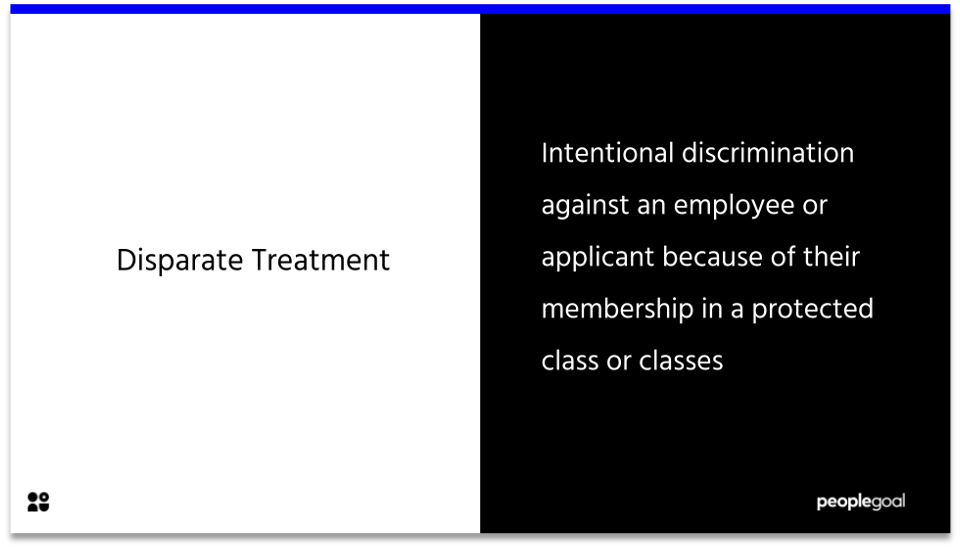Diversity and inclusion is one of the key priorities of all businesses these days. It can be a struggle to measure this, so you should turn to the people who live diversity and inclusion in your company every day: your employees. Run a diversity and inclusion survey to baseline where you’re currently at so that you can start to track and implement positive changes.
Need help running a best-in-class D&I Survey? Reach out to our team to show you how easy it is to create in PeopleGoal!
What is diversity?
Diversity refers to any dimension which can be used to differentiate groups from one another. The diversity dimensions include but are not restricted to gender, religion, sexual orientation, race, ethnicity, class, education and disability.
Diversity in the workplace is about allowing exploration of these dimensions in a positive, safe, welcoming and nurturing environment.
It is about understanding different aspects of diversity, the background behind them and creating a conducive and cohesive environment for exploration and inclusivity.
As a whole, it is about valuing and embracing the differences between people, and celebrating heterogeneity. Creating a workplace environment of diversity and culture provides rich levels of positivity.
Although diversity exists along different dimensions, you cannot simply categorize people into fixed dimensions. Each individual brings with them a rich, diverse set of perspectives, cultural experiences and values.
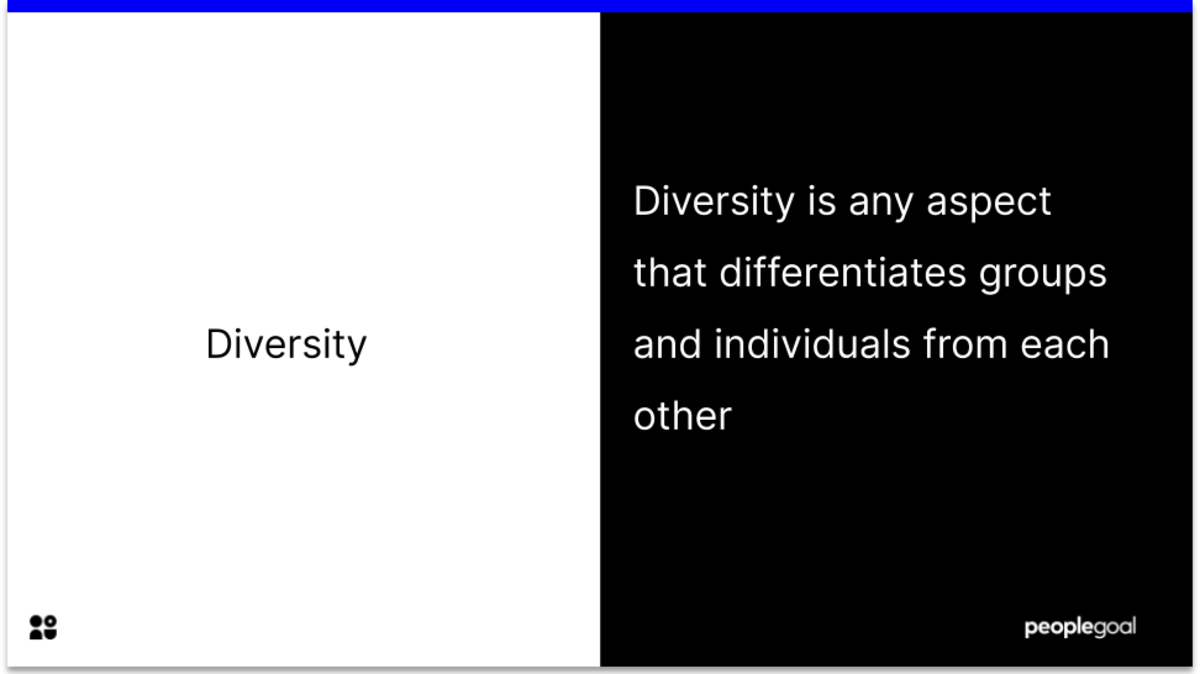
What is inclusion?
The terms ‘diversity’ and ‘inclusion’ are often used interchangeably. But if you want to get the most out of each of them, you need to know the differences between the two. Whereas diversity is focused on what makes people different, inclusion looks at creating an environment where diversity can thrive.
The diversity journal classifies inclusion as:
Inclusion involves bringing together and harnessing these diverse forces and resources in a way that is beneficial. Inclusion puts the concept and practice of diversity into action by creating an environment of involvement, respect, and connection—where the richness of ideas, backgrounds, and perspectives are harnessed to create business value.
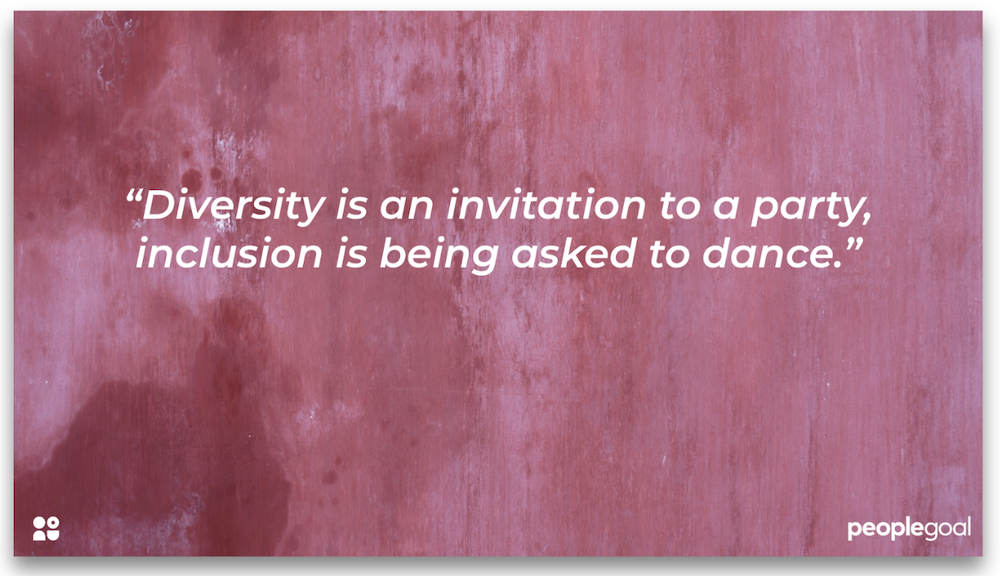
To learn more, take a deep dive with our guide to Diversity & Inclusion in the workplace.
10 Diversity and Inclusion Questions to Use in Your Company Survey
Rate your opinion of these statements on a scale of 1 to 10…
- This firm provides an environment for the free and open expression of ideas, opinions and beliefs.
- Racial, ethnic, and gender-based jokes are not tolerated at this firm.
- I am comfortable talking about my background and cultural experiences with my colleagues.
- Management demonstrates a commitment to meeting the needs of employees with disabilities.
- I can voice a contrary opinion without fear of negative consequences.
- This organization vouches to take strict action against discrimination.
- My manager handles diversity matters appropriately and demonstrates a commitment to diversity and inclusion.
- My organisation publicly communicates information about its diversity goals.
- Diversity & inclusion is one of my organisation’s stated values and/or priority areas.
- My organisation regularly makes available to me information about how diverse our employees and leadership team are.
It’s important to document your organization’s commitment with a Diversity and Inclusion Company Policy. Up to 80% of applicants consider a company’s policy on diversity and inclusion when looking for a new job. Download our free policy template here.
Why is diversity and inclusion important?
You should be consciously aware of why diversity and inclusion is important at the interpersonal level already, but it can be more difficult to apply this to why diversity and inclusion are important in the workplace.
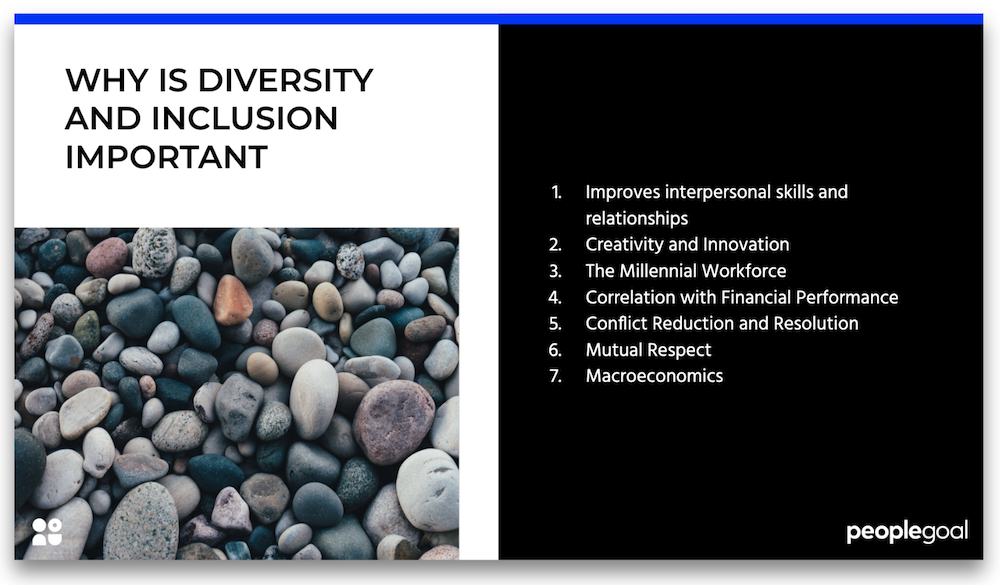
Diversity as a pathway to improving interpersonal skills and relationships
Having a diverse and inclusive work environment makes people more in tune with people’s cultural background, more appropriate in the workplace, but also more understanding in difficult circumstances.
Having a diverse workforce breaks down barriers between different cultures and backgrounds, building a more tolerant and inclusive workforce.
Creating a workplace with limited diversity can create a toxic, almost xenophobic environment.
Creativity and innovation
Companies with diverse and inclusive workforces are more likely to generate a wider range of ideas and perspectives.
The millennial workforce
By 2025, 75% of the global workforce will be millennials and they are increasingly acquiring leadership roles. So, it’s important for organizations to recognize what millennials want from their employer.
Research has indicated that around 80% of the millennial generation consider company policies on diversity, equality and inclusion during their job search.
Correlation with financial performance
Research by the Global CEO survey indicates that 85% of companies who have in place formal diversity and inclusion strategies report improvements in their bottom line.
Conflict Reduction and Resolution
Conflict is an inevitability in the workplace. How you deal with it and how you resolve it though, is not.
Diversity and inclusion can help! Colleagues who acknowledge other people’s differences are more likely to find solutions to conflicts quicker than others, and respect for coworkers helps to reduce the likelihood of conflicts.
Mutual Respect
Workplace diversity and inclusion can only be a positive thing for an organization. At the very least it builds respect between employees and promotes a cohesive and synergistic workforce.
Macroeconomics
Slightly off-kilter with respect to its importance in the workplace, but the macroeconomic importance in wider society of diversity and inclusion in the workplace should not and cannot be understated.
Those in marginalized groups are more likely to face a wider range of discrimination, and this includes economic discrimination. This means they are less likely to find jobs appropriate to their skill level and wages consistent with that in less discriminated groups.
This has reverberating effects for their and their family’s wellbeing, but also for wider society. A workplace which does not discriminate is just one of many steps to a more socially balanced and pro-community society.
When starting to address diversity and inclusion in your workplace the first step should be a company-wide survey of all employees. We’re here to help! Send us a chat message and we can get you set up with a D&I benchmarking survey, a long-form detailed survey or a selection of quick pulse surveys.
Ready to 3x Your Teams' Performance?
Use the best performance management software to align goals, track progress, and boost employee engagement.


